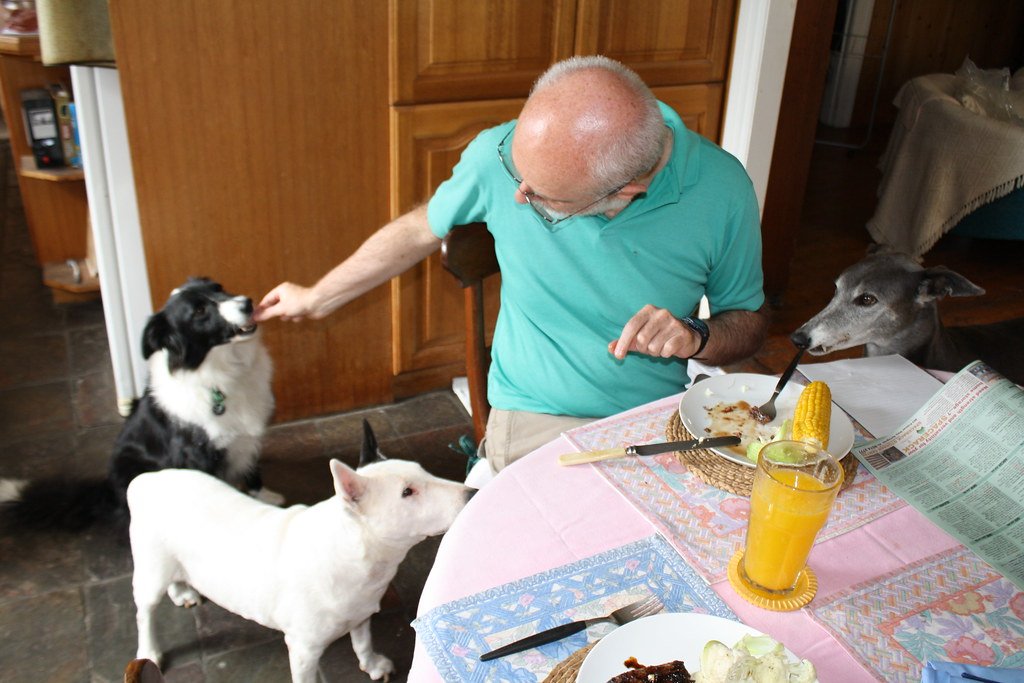If you’re a devoted dog parent, you’ve likely mastered the art of saying “no” to begging eyes — but when it comes to when and how often to fill that food bowl, things can get a little murky. We all know what not to feed our dogs (grapes, chocolate, your leftover pad thai…), but understanding the ideal feeding schedule is just as important to keeping your four-legged friend happy and healthy.
So, how often should you feed your doggo? And when is it okay to hand over that treat?
How Often Should Dogs Eat?

“On average, adult dogs should be fed twice a day, on a regular schedule,” says Dr. Michelle Lugones, DVM and professor at LaGuardia Community College. Think morning and evening — the pet version of breakfast and dinner.
There are exceptions, though. Puppies, for example, need more frequent meals due to their fast-growing bodies and tiny tummies. Breaking the food up into three to four smaller meals can help avoid overeating, which can cause bloating and stomach discomfort.
Small-breed puppies in particular can be prone to low blood sugar if they skip meals, so keeping their schedule tight is essential.
What Time of Day Is Best?

Dogs love routine, they are creatures of habit and can thrive in an organized household. Experts recommend shaping their feeding time around your schedule, but help your dog create a consistent schedule so they know when to expect a meal.
“Keeping their mealtime consistent is a good way to help establish a schedule they can rely on,” said Dr. Liza Cahn, DVM and veterinarian and consultant at Embrace Pet Insurance.
That doesn’t mean your dog needs to eat at 7:03 a.m. sharp, but meals should ideally be spaced eight to ten hours apart — and never more than 12.
Morning walk at 7:30 a.m.? Feed them after that. Work ends at 6? Dinnertime can be just after. Just stay consistent. Dogs feel safer and more secure when they know when their next meal is coming.
What About Grazers?
Some dogs dive nose-first into their food bowl the second it touches the ground. Others? Not so much. But whether your pup is a speed-eater or a dainty grazer, experts recommend leaving food out for only 20 to 30 minutes. Leaving kibble down all day can lead to overeating and extra pounds. And if you’re feeding wet food, toss any leftovers after half an hour — bacteria grows fast, and no one wants a bellyache (or a vet bill).
And Treats?

Here’s the good news: Treats don’t need to follow a strict schedule. So yes, you can give your pup a biscuit when they do something adorable (which is always), however moderation is key.
“Treats and human food should make up no more than 10% of your dog’s daily calories,” warns Dr. Cahn. That means save the goodies for training, praise, or the occasional “just because.”
Final Bites
Ultimately, mealtime isn’t just about filling the bowl — it’s a chance to nurture your dog’s health and happiness. If your pup has special dietary needs, unusual eating habits, or a medical condition, check in with your vet for personalized advice.
And hey, if you’re looking to level up your dog’s dining experience, go ahead and splurge on that cute bowl. After all, every pup deserves to eat like royalty… even if they eat like a tornado.






